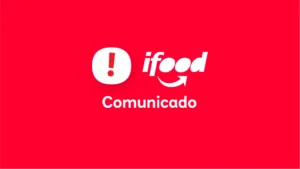Its success is a real hit at festive moments and, especially, in movie theaters. And his story alone would make a beautiful film. We are referring to popcorn, this delicious snack made from corn kernels that pop when heated.
Popcorn has gone through the ages and gained new faces and new flavors. Nowadays, there are many “special effects” that make it a gourmet delicacy, savory or sweet.
Among the new recipes, there is caramel popcorn with wine. With powdered milk and white chocolate. It can also be made with Nutella or Ovaltine.
The news even reached the iFood app, where there is popcorn lemon pepper (seasoning based on pepper and lemon), Ninho with Nutella, paçoca, pineapple — and even sweet cinema popcorn.
The creativity of the plots is unlimited. And it also includes supporting ingredients such as churros, paçoca, strawberries, peanuts, condensed milk, lemon, coriander, palm oil and bacon.
But let's go back to the basic script and the star of this show: popcorn. The first references to it precede the birth of cinema itself by millennia.
The first archaeological remains
In 1948 and 1950, researchers discovered archaeological remains of popcorn in the west-central US state of New Mexico, in a place called Bat Cave.
No, it's not Batman's cave. However, the fact is that these remains of popcorn found date back to 3,600 years before Christ. This means that someone was already making popcorn 5,600 years ago.
However, a better documented trace of the delicacy points to its consumption around 2,000 years ago.
At that time, colonizers in America came across popcorn as a type of food consumed by indigenous people. But not only. Among the original people of the continent, popped corn was also used as a hair ornament.
How does popcorn pop?
We realize that the sophistication of popcorn is already ancient. The way it is prepared, however, has changed a lot since the beginning, when the ears of corn were placed whole over the fire.
The practice evolved into heating the grains over hot coals and, later, cooking them in clay pots with hot sand.
The burst occurs due to the boiling of the water inside the grain. When heated, it turns into steam. This exerts pressure on the shell, along with the expansion of the starch itself, which, from solid, becomes gelatinous upon heating.
By the way, the corn used to make popcorn is very specific. The ears are smaller and the grains are small, containing hard or crystalline starch.
Modern popcorn
Over time, this simple physical phenomenon expanded and became a habit in several countries. And popcorn has become a practical and tasty companion not only in cinemas, but also in parks, circuses, squares and sporting events.
The invention of the popcorn cart contributed greatly to this expansion. One of the first known was developed by Charles Cretors in Chicago, in the 1880s.
Popcorn goes really well at home too. Ahead of TV, it became a classic, especially with the advent of the microwave. It can even be requested by iFood delivery.
And it has its commemorative date: Popcorn Day, celebrated on March 11th. She deserves this recognition. After all, not every treat makes so many leaps across centuries without losing its essence: that of a food that, above all, is associated with good times.


